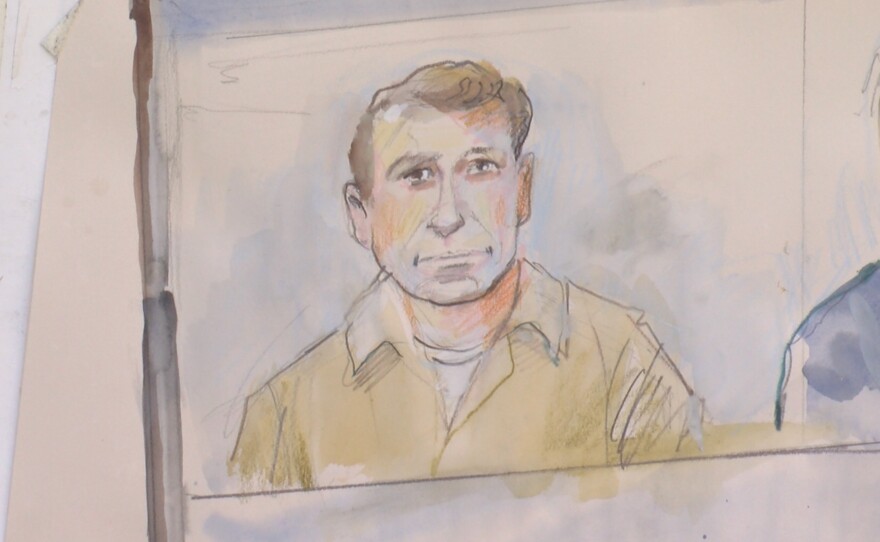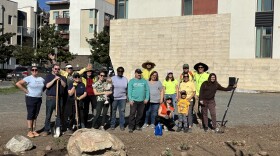A Coronado resident accused of taking part in the breach of the U.S. Capitol building on Jan. 6 made his initial court appearance Thursday on federal charges.
Jeffrey Alexander Smith, 33, was arrested Wednesday for allegedly participating in the siege in Washington, D.C., with court documents outlining that he was identified via text messages he sent and photos and videos uploaded to social media that depicted him among the throng of rioters who stormed the Capitol in an effort to halt the certification of the Nov. 3 presidential election.
He is charged with misdemeanor counts of violent entry and disorderly conduct on Capitol grounds and knowingly entering or remaining in any restricted building or grounds without lawful authority, according to the Department of Justice.
The FBI's San Diego branch said Smith's arrest is the first within its jurisdiction related to the Capitol investigation.
Prosecutors allege he removed a police barricade and was part of a group of people who forced open the doors to the Capitol.
Smith appeared this afternoon before U.S. Magistrate Judge Bernard G. Skomal, who set the defendant's bond at $25,000. Should Smith post bond, his travel will be restricted to Washington D.C., where his case will be prosecuted, and Colorado, where his estranged wife and children live.
According to court documents, the FBI received a tip one day after the insurrection from a person "who has known Smith for an extended period of time." That person found a photo on Instagram of Smith inside the Capitol, with his cell phone raised in the air and wearing a Trump baseball cap.
Smith also allegedly showed the witness a video he recorded of himself walking into the Capitol on Jan. 6. The witness could not find any other pictures that Smith posted online because he closed his Instagram account a few days after the Capitol breach, court documents say.
The FBI received another tip from a second witness, who said they grew up with Smith in Coronado. That person had screenshots of text messages from Smith, which read "I'm a Patriot" and "I stormed the capital." In the text messages, Smith also allegedly stated that he was taking part in the insurrection to send a message that Americans were not "going to take a fraudulent election" and "There is no way in hell I was going to drive 38 hours from San Diego and not walk right through the front of the capital building."

According to court documents, an FBI agent called Smith, who allegedly admitted driving to Washington, D.C., to attend a "Stop the Steal" rally that preceded the Capitol breach, where former President Donald Trump spoke to supporters.
He also admitted walking into the Capitol, where he said he remained for about 30 minutes, according to the agent, who said Smith also said he deleted his Instagram account because he had received threats over his presence at the Capitol.







